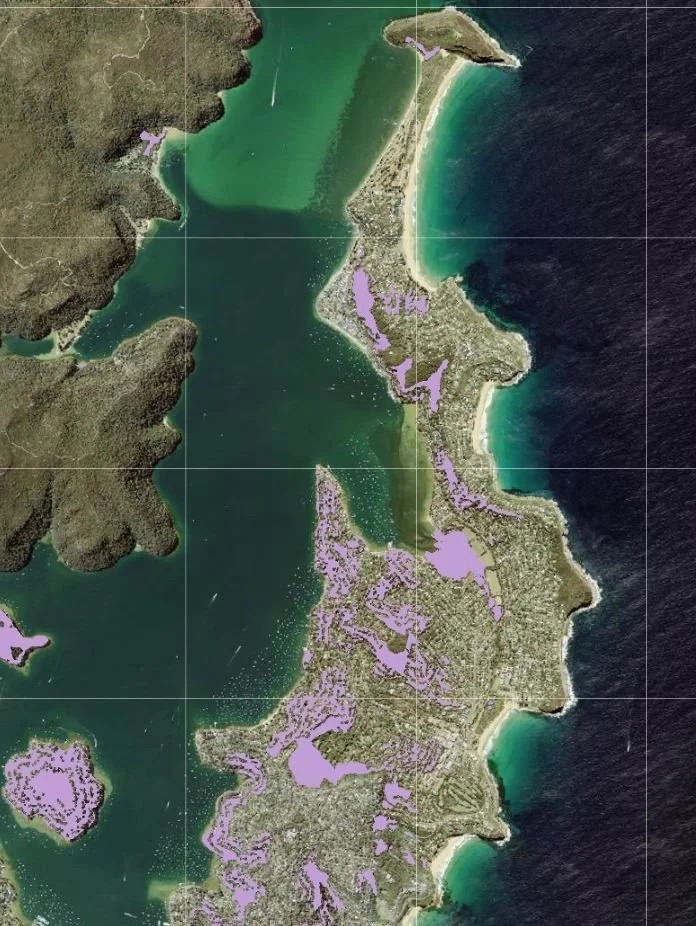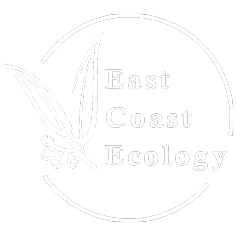
Integrated Bushfire and Vegetation Management Plan (IBVMP)
An Integrated Bushfire and Vegetation Management Plan (IBVMP) in New South Wales (NSW) is a strategic document that combines bushfire risk management with ecological and vegetation management. Its purpose is to ensure land is managed in a way that both reduces bushfire risk and protects native flora, fauna, and ecological values.
What is an Integrated Bushfire & Vegetation Management Plan?
An IBVMP outlines how to manage vegetation in a way that:
- Minimises bushfire hazards to people, property, and infrastructure
- Maintains or enhances biodiversity and ecological function
- Meets planning and environmental regulations (e.g. under the NSW Rural Fires Act 1997, Environmental Planning & Assessment Act 1979, and Biodiversity Conservation Act 2016)
Purpose of an IBVMP
Identifies and manages fuel loads, asset protection zones (APZs), and fire trails to reduce fire intensity and spread.
Ensures clearing or thinning doesn’t unnecessarily harm native vegetation or threatened species.
Balances bushfire risk management with ecological and land use planning requirements.
Helps meet legal obligations under planning approvals, bushfire guidelines, and biodiversity legislation.
Provides a clear framework for land managers, developers, councils, or agencies to follow.

When Is an IBVMP Required?
An IBVMP may be required for:
- Development in bushfire-prone areas (especially subdivisions or large-scale projects)
- Public land management (e.g. national parks, council reserves)
- Bushfire hazard reduction programs
- Ecological restoration or land rehabilitation with bushfire constraints
- Integrated fire and conservation programs across sensitive landscapes
It is sometimes required as a condition of a Development Application (DA) or Bushfire Safety Authority under the Rural Fires Act.
What Does an IBVMP Include?
Typical contents of an IBVMP in NSW:
- Site Description
- Vegetation types and condition
- Topography and land use
- Fire history
- Bushfire Risk Assessment
- Fire behaviour modelling
- Identification of assets at risk
- Fuel hazard levels
- Vegetation Assessment
- Threatened species or ecological communities
- Sensitive habitat zones
- Weed and erosion risks
- Management Strategies
- Location and maintenance of Asset Protection Zones (APZs)
- Controlled burns or mechanical fuel reduction
- Vegetation thinning or selective clearing
- Weed management and erosion control
- Regulatory Framework
- Links to legislation and environmental approvals
- Required permits (e.g. under RFS or Local Environmental Plans)
- Implementation Plan
- Roles, responsibilities, timeframes
- Monitoring and adaptive management
Who Prepares It?
An IBVMP is usually prepared by:
- Bushfire consultants (certified under BPAD – Bushfire Planning and Design)
- Ecologists or environmental planners
- Government land managers (e.g. councils, NPWS)
It often involves consultation with the NSW Rural Fire Service (RFS) and may form part of a broader environmental or planning submission.

